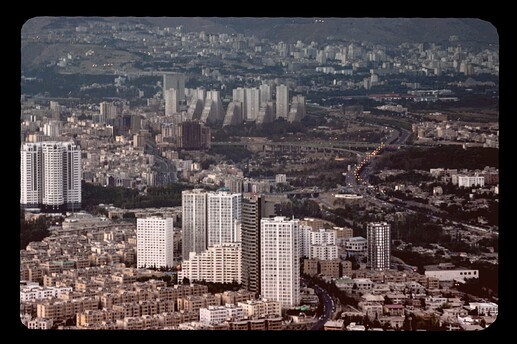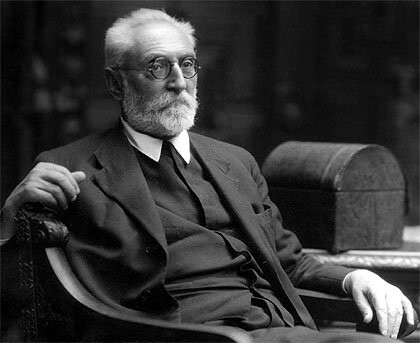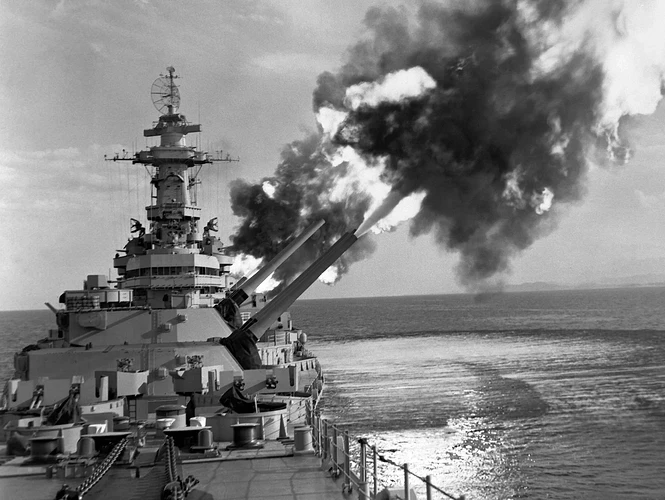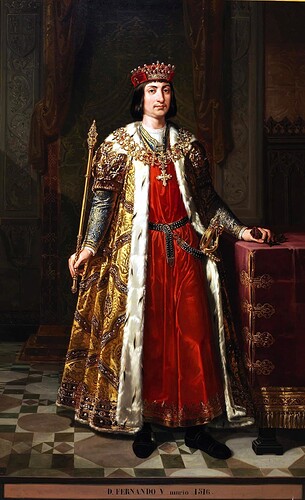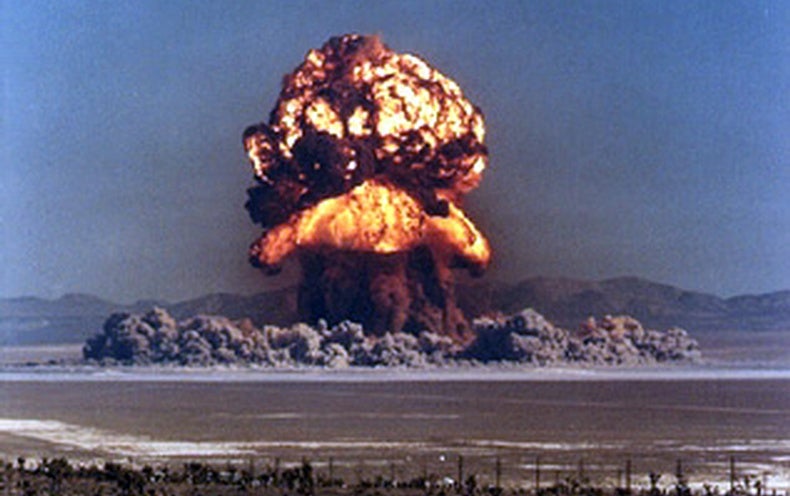Prelude:

It is the year 1960, five years after the end of the Great War. Nation-states in The South Pacific are still licking their wounds and mending broken bridges from a long and costly war between the Allies and the Imperials. Despite the cessation of hostilities, tensions continue to rise as concessions granted during peace negotiations are viewed by some as excessive, and by others as insufficient. Though the war has ended, ambitions remain as strong as ever.
/LeagueofNationsConference-59dc029dd088c00010323c8b.jpg)
To keep these ambitions in check and recognizing that diplomatic debate is cheaper than an all-out bloody war, the first worldwide intergovernmental organization, the International Cooperation Council (ICC), was formed in the 1950s. The ICC’s principal mission is to maintain world peace and prevent another Great War. The ICC provides a framework for diplomatic discussions between states and serves as a bastion of diplomacy in The South Pacific.
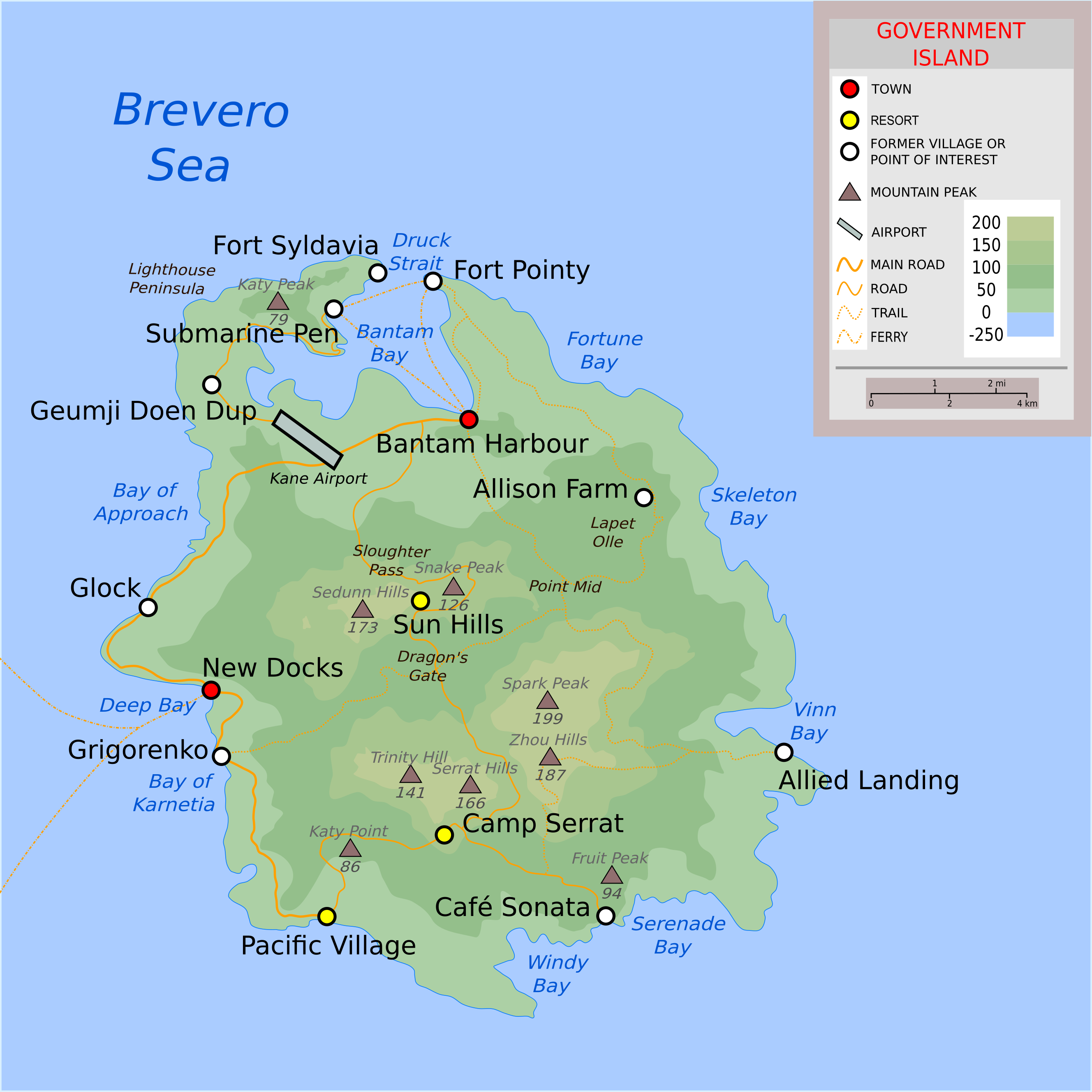
To avoid favoritism, the ICC headquarters was placed on Midway Island (Now also known as Government Island). This small island resides in the Brevero Sea at the center of The South Pacific Ocean, positioned between the six continents of The South Pacific. Since the early 15th century, Midway Island has been an important node in cross-Pacific trade, where supplies could be stored and exchanged. Nations have competed for control of the island, with some gaining temporary success, but none managing to maintain control indefinitely. In the 17th century, Midway Island was a pirate stronghold. By the end of the Great Pirate Wars of The South Pacific, the island gained sovereignty and was demilitarized under the YY (Doublewye) accords, known simply as the “Free State.” Sovereignty came at a price, as the land was hard, rocky, and infertile, lacking in valuable mining resources, which led to economic downturns.
However, in the mid-19th century, the Free State secured a deal with several nations around the South Pacific Ocean to provide bunkering for steam-powered ships, stabilizing its economy. A new fishing industry also boosted the economy and provided needed food for residents. Perhaps the island’s most important role was as a hub for long-distance trade between continents, and as a tax haven for the wealthy. These factors led to its significant geopolitical importance.
In the 1950s, with the onset of the Great War, Karnetvor landed marines and swiftly took control of the island. Midway Island was annexed, and the population of 41,000 was deported or expelled, gradually replaced by Karnetvorians. Most islanders faced harsh conditions in Karnetvorian camps, with many not surviving. Historic buildings were demolished to build new structures intended for the Imperialist military.
By 1954, a joint Allied effort retook the island. Sedunn held the island under martial law, overseeing its restructuring and stabilization for two years, until it was granted sovereignty under the reformed NN accords. The ICC headquarters was established on the island to further cement its neutral status. The island became sparsely populated as most of the indigenous population did not return.
Despite this, Midway Island’s influence in the years ahead could not be understated. Recently, geologists discovered vast oil and gas reserves within the island’s EEZ, and loose tax regulations for mining and fracking made it lucrative for an oil-hungry age, predicting an impending energy crisis. Additionally, the island’s status as a tax haven attracted many wealthy individuals seeking to evade taxes, storing their wealth in Midway Island, creating valuable intelligence opportunities.
Moreover, geologists found immense precious metal deposits on the island, posing a significant risk if they fell into the wrong hands. Military historians uncovered that Karnetvor’s ambition to control Midway also aimed at launching nuclear missiles and asserting naval and air superiority. Although disbanded, Karnetvorian nuclear capabilities were developed on Midway Island, validating these concerns. Historians remarked that with current known nuclear capabilities, Karnetvor could reach every major city in The South Pacific had they finished their nukes.
Given these factors, geopolitical analysts foresee a period of immense tension, dubbed “The Iron Century,” characterized by hard and inflexible national ambitions. Like iron, these tensions would only soften under immense heat, whether through the warmth of diplomatic tolerance or the fire of conflict.
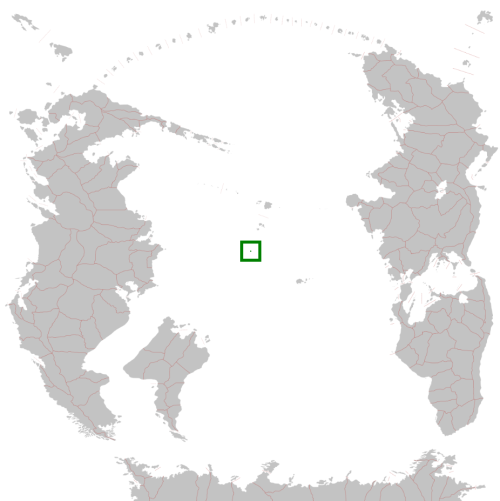
In short, the old and famous military adage coined by the Great Huawanese Strategist Gyara the Great remains true: “He who holds the island in the middle of the way, will be the only one to control the field entire.” The spark needed to ignite the Iron Century is just a matter of time.
Phase 0: Initiation
February 1st, 1960:

Basel Henoch, a 22-year-old shepherd living on Midway Island, was a man of unremarkable skill or intelligence. His father described him as lazy, and his mother considered him no wiser than his father. Basel worked on the family sheep farm, “Henochlan Acres,” off the coast of Vinn Bay, but he spent most of his time slacking off and drinking with his buddies. Unlike his peers, he had no plans to leave Midway Island. Watching diplomats come and go from the island, discussing matters he found unimportant, Basel decided that anything outside the island was too complicated. Midway was pretty and comfortable enough for his nonexistent ambitions.
On that particular morning, Basel was not supposed to herd the sheep; his cousin Stewart should have done it. The sheep farm occasionally hosted tourists, eager to see the pastoral life of Midway Island. Today, an unusually pretty college woman named Lucy was among the small tourist group, and much to Basel’s delight, she was single. Enthusiastic about the opportunity, Basel volunteered to show her the sheepherding routine.
At 5 a.m., only Lucy was awake and ready to join Basel, as her family remained asleep. They set off with Basel herding the sheep, trying to maintain his attention on Lucy without losing any sheep. After a lengthy walk, Basel decided to take Lucy and the sheep along the coast to some unowned land he and his friends frequently visited for fun. Lucy, a budding photographer with a new camera from her graduation party, eagerly agreed.
As they walked through the bright morning by the shining blue ocean and the dewy grasslands, Basel and Lucy enjoyed the picturesque sights of the Pacific. However, things soon took a turn. While exploring Serenade Bay, they encountered an unexpected fence. Basel was puzzled, as he had never seen a fence there before. Suddenly, they were approached by armed men who claimed they were trespassing on private property.
Basel obliged, claiming that he simply lost his way and they would turn away right away, perfectly defused the situation. As they were walking back Lucy admitted that the men spoke with a Hinostral accent, a certain accent that people of Frost descent have when they speak austral. Basel also expressed his confusion, as the men do not look like soldiers. Normally Basel would not pay any mind towards it, but looking at the Lucy’s interest, he decided to offer her a moment where they can check out the area. Basel knew a pass that him and his friends would normally go, a place where they could see what was beyond the fence.
And so, after recounting it all to the family and the tourists. Basel’s father decided to ask the other families for information, something that they took up to their local council member. After asking Stewart to take over Basel’s duties once more with payment of drink, Basel, his friends and Lucy walked through the path down Serenade Bay in their secret path away from the fencing. A path they often took to a private beach where they can see the sunset and drink their worries over a guitar and campfire.
Though today they took a path towards what would be the inside area of the fence. By the sharp rocks. The group of four traversed the hills and the sandy white soil and saw an opening. A small concrete bunker with a number of submarines poking their noses out. When they arrived they saw a submarine blubbing out of the sea and into view. The steel behemoth was something that neither Basel nor his friends could forget, when both Karnetvor and Sedunn held Midway in the first two decades, large naval ships were something that Basel and his friends saw daily. So seeing this submarine again jogged some memories.

Fearing to be spotted the group decided to walk back away from the area and back to the farm. Where they decided to relay this to Basel’s family and whoever was at the house that day. The woman then asked Basel to drive her and her father back to the town to the local photoshop, where they could develop the photos she took. Basel was told by his father to agree, as the latter was trying to find out who owned the land.
Lucy’s father had a particular interest in this, after all, he was a reporter, and he could tell if news was coming. He went to the telegram office as Basel and Lucy waited to take the photos. He was going send a telegram to his office, that a news would be made soon that will shake the world.
After Lucy happily gave Basel her address for mail correspondence when he took her out to the local farmer’s bar, she followed her family to fly back home and continue their vacation there. Her father was hard at work with his notepad to create the news. He had the photographs his daughter took, which was clearer than he had thought.
The minute they arrived back home, his father set to type the words he wrote. His exclusive expose will be then sent to his newspaper and the associated press. An active foreign marine installation in the middle of Midway Island which broke the YY and NN accords, right next to the International Cooperation Council? This is scandalous.
This article would spark a scandal that would reverberate throughout the South Pacific, igniting the geopolitical tensions of the “Iron Century” and leading to what would become known as the “Midway Island Crisis.”
And it is up to the level headed leaders to handle the situation for the benefit of the good. Whose goodness will it be, is yet to be decided.
